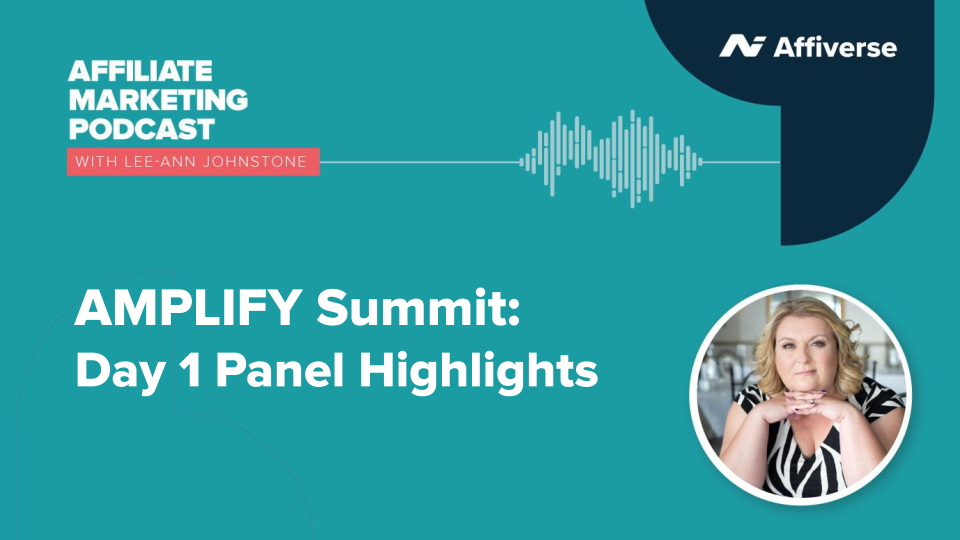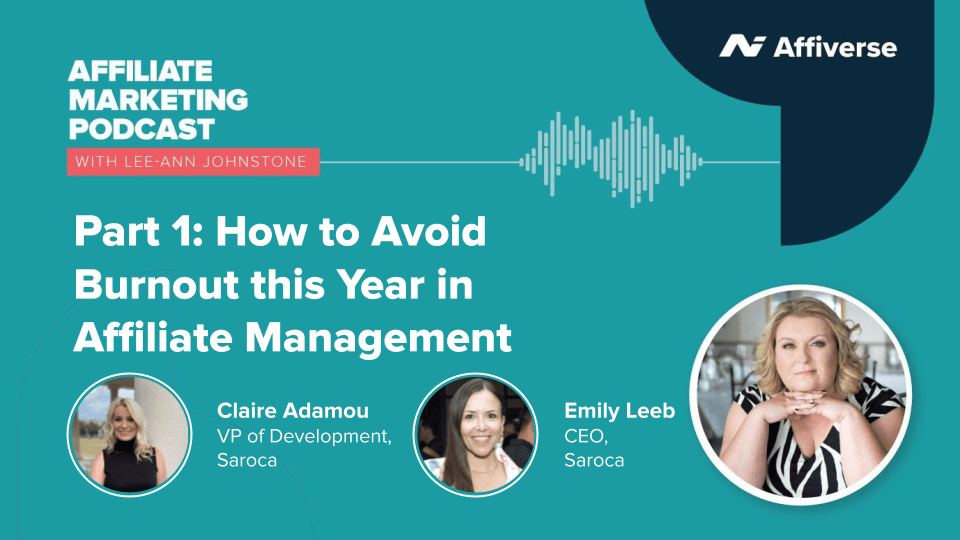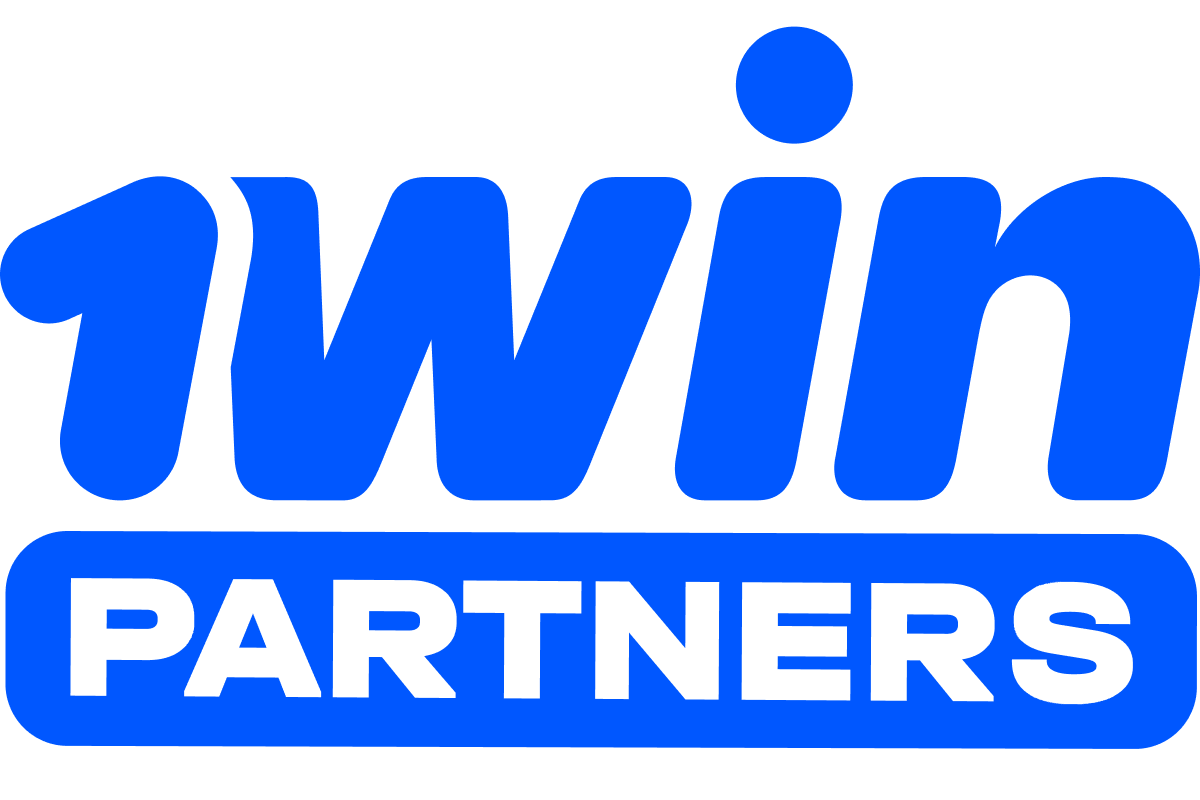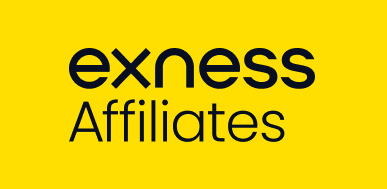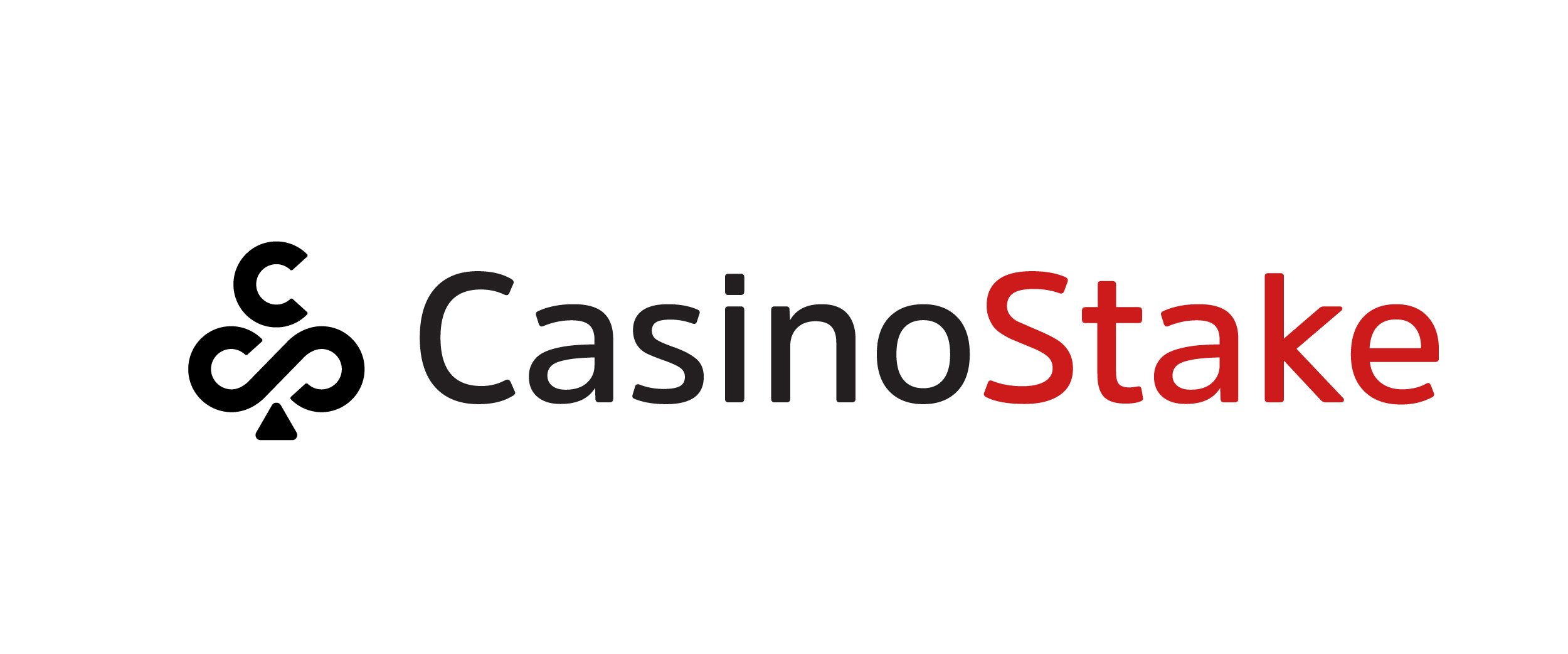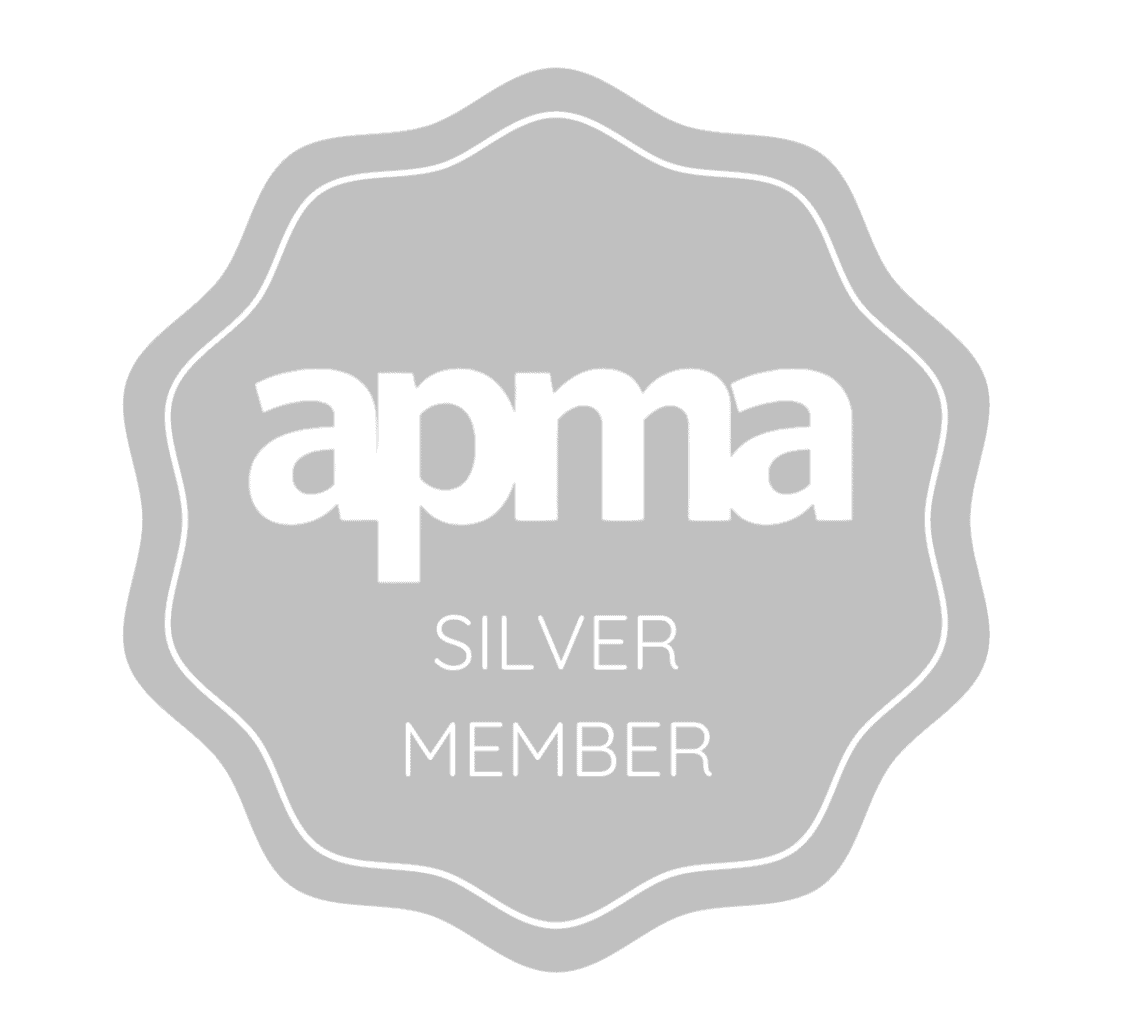The cost-per-click model, or CPC, has been the bread and butter of affiliate marketing since its inception. Affiliates include a link in their content, be that a blog or an Instagram Story, and be paid a commission for how many clicks the links get. The link is unique to the creator so affiliate managers know where the traffic is coming from and who should be paid.
But is that the only way to do it? Is cost-per-click still a realistic and lucrative option for paying affiliates? Is there a better way?
The drawbacks of cost-per-click
The main drawback of the cost-per-click model is that it rewards affiliates for the traffic to the site, regardless of whether or not that traffic results in a sale. This not only means that brands are spending more than they should to simply market, not sell, but it also allows affiliates the chance to hack the system with bots. Bots can be easy to discover if you know what to look for, but in the meantime, your marketing budget is getting lost, and drained on traffic that is yielding no results in sales.
This is why a lot of brands have switched to the CPA, or cost-per-acquisition model. In this case, the publisher earns a commission on any purchases made from the links.
The benefits of cost-per-click
However, there are a few benefits to the cost-per-click model over the CPA option. Executives with Vice Media Group and Leaf Group’s Hunker, both experimenting with the cost-per-click model at the moment, have praised the model for its ability to attract new retail brands and offer valuable insights into what consumers are interested in before they reach the point of purchase. Given that third-party data, which the marketing industry relies on for similar insights, is getting phased out by the EU, with the rest of the world expected to follow suit, it can be easy to see why affiliate marketing and the cost-per-click model might take over as the way for marketers to get inside the minds of consumers.
Vice Media Group’s chief digital officer Cory Haik gave his two cents by saying, “If you do these deals at a high volume, it adds up. But it’s also, from a strategic perspective, more meaningful to say, ‘This is interesting to our audience, this is a product we would pursue in a different way’.”
There is also the fact that retailers see the cost-per-click model as a cheaper alternative to digital marketing, due to the fact that it is less involved. Content today needs a full production team, or at least the salary of one marketing executive going around with their camera phone, but the cost-per-click model allows self-employees, from the comfort of their home, to earn a decent living with little work to the affiliate link, which means lower rates from the affiliate management team.
Wirecutter’s executive director of commerce, Leilani Han pointed out that “The workflows that are involved with us actually setting up a new partner and getting them onto the site and optimizing with them, there’s a fair amount of manual work involved.”
She was making the point that the cost-per-click model wasn’t always a great option for small brands and businesses as “The juice is not always worth the squeeze”, but we would argue that to add content on top of that manual labour is just putting more strain on a marketing team when there is a simple alternative in the cost-per-click model.
And there is the idea that cost-per-click allows marketers of more “taboo” subjects to market freely. Big platforms like Meta’s Facebook and Instagram might block content around more taboo subjects like sexual wellness, alcohol, gambling, cancer, and other things that should reach young eyes. The practical application there is that an affiliate link in a blog isn’t going to be marketed on a site, but the blog will. The chances of the wrong person opening the blog are slim and the chances of them clicking the link are even slimmer.
Leilani Han, said: “It’s a good way for small brands to get some skin in the game and to be able to access some publishers that they might not be able to otherwise. But I don’t know that there’s really that long-term value there, either. For them, they’re going to have very limited data on whether or not that clip is actually driving performance. It could totally blow out a budget if you don’t know what’s actually driving success.”
So, what do you think? Will you be sticking to the cost-per-click model?
If you’re interested in more insights into affiliate marketing, take a look at our blog. Or, for a more personalized approach, you can book a free call with a member of our team.
And don’t forget that you can still access our over 14 hours of content from the Elevate Summit on demand. Get access to talks, panels and workshops all featuring expert advice from players at the top of their careers in a virtual space. You don’t even have to leave your desk.




